Some grade school kids don’t even know what a landline is. Take a trip down memory lane as we look at phones through the years.
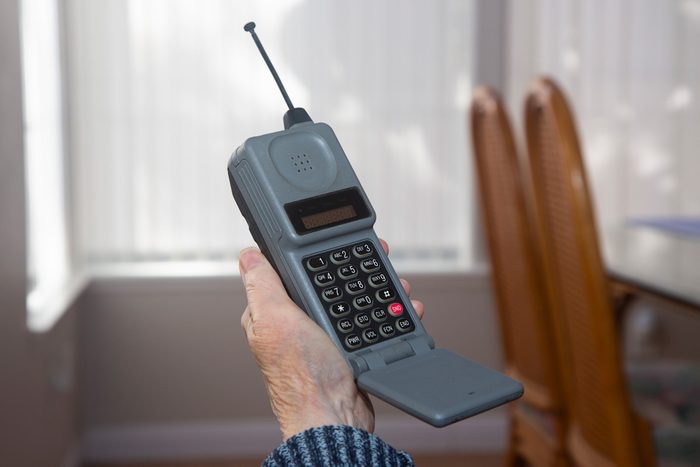
What Phones Looked Like the Decade You Were Born


1920s
Telephones in the ’20s typically had a separate mouthpiece and receiver. The design was known as the candlestick design, and newer versions had a dial on the front, allowing a person to call numbers directly. Before the ’20s, when making a phone call you would have to contact an operator who would then connect the call for you.

1930s
In the 1930s, it was common to see rotary phones in people’s homes. Many think of this type of phone as the first “modern” telephone because you could speak into and listen from the same unit.

1940s
As telephones evolved, they became much more comfortable for the user. People could easily get their hand around the handle, and the receiver fit nicely against their ear. In the ’40s, it was still considered a luxury to have telephones in homes, while callers who used public phones, like the one pictured above, were encouraged to keep their conversations short. As more phones came into use, area codes also became more complex.
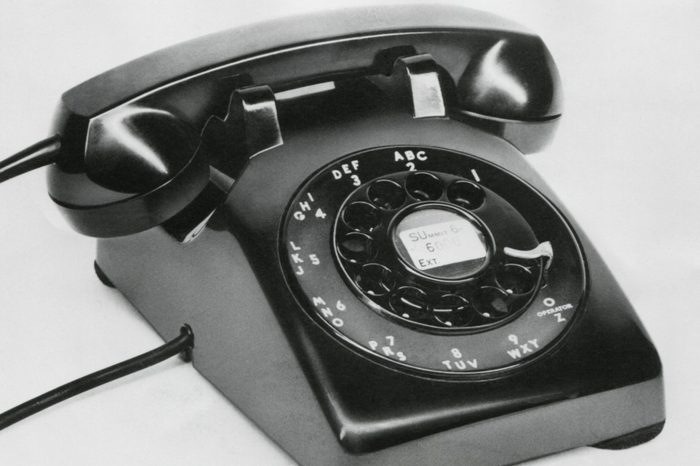
1950s
The design of the telephone didn’t change much from the ’40s to the ’50s, but the mechanics of it sure did. If you look closely, you’ll notice that the numbers and letters are placed around the outside of the rotary so people could view them more easily when dialing, and the phone also had an adjustable volume control. This style of phone is the Western Electric Model 500 Rotary. It was designed by Henry Dreyfus and was used as the Bell System’s mainstay telephone from the 1950s through the 1980s. These number and letter placements would continue through the years with little change.
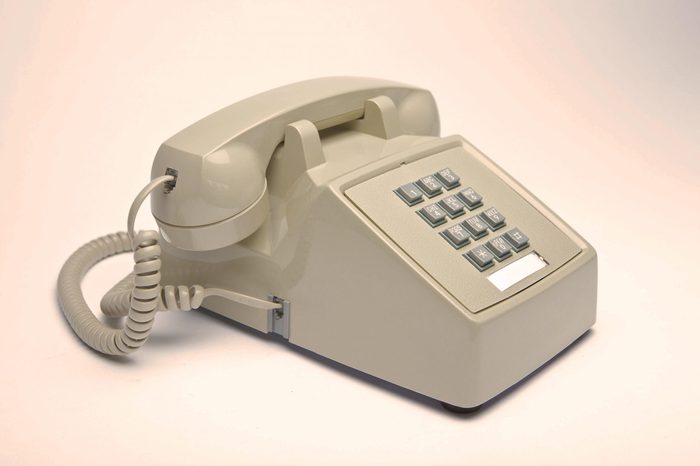
1960s
Phones in the 1960s moved away from the rotary style and introduced push buttons. The Western Electric 1500 had 10 buttons. In 1968, the 1500 series was replaced with the 2500 series, which added the * and # keys for a total of 12 buttons.
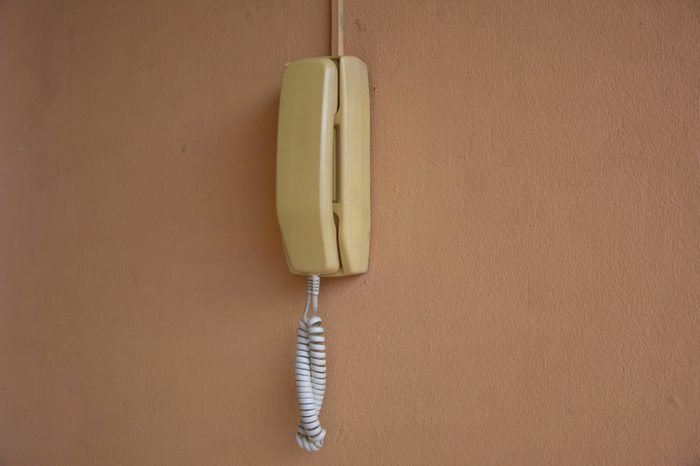
1970s
One of the biggest changes to phones in the ’70s was that many models featured the dial pad on the handset itself. Depending on your age, you may have had one of these phones mounted on the wall in your kitchen.
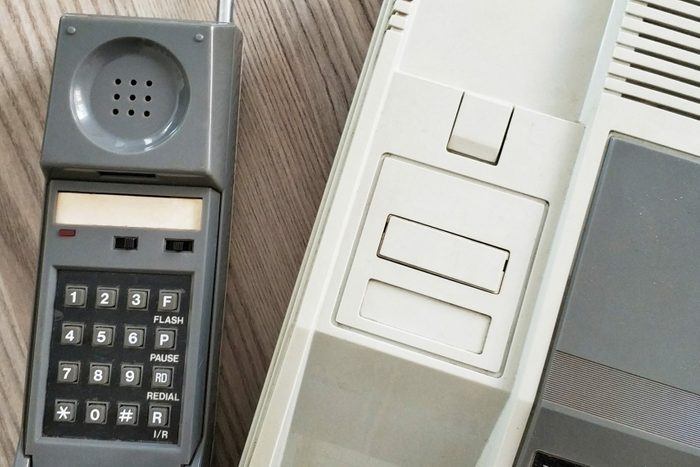
1980s
The cordless phone was introduced in the 1980s. Now, people were free to roam around the house while chatting on the phone. The invention of the cordless phone was a big step in the transition from landlines to cellphones, but there are still good reasons to have a landline, including various emergency scenarios.
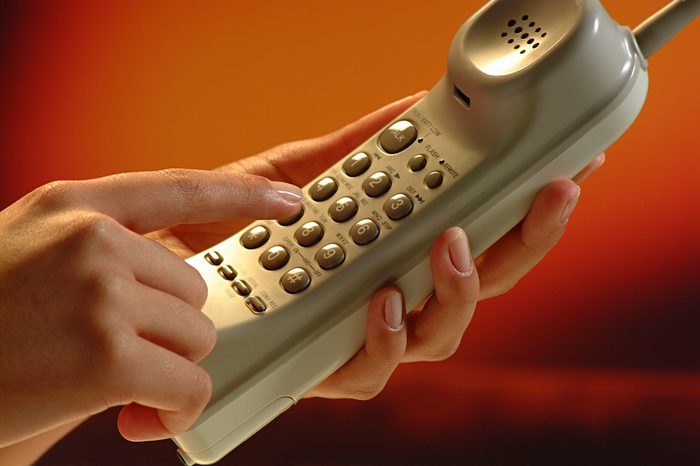
1990s
Cordless landlines became more of a household fixture in the ’90s—but, at the same time, the focus was ever so slowly starting to shift to cellphones. This would turn out to be one of the most groundbreaking changes to phones through the years.

2000s
Throughout the 2000s, telephones continued to become smaller and more modern in appearance. They also incorporated new features such as three-way calling, speakerphone and caller ID. However, the 2000s saw many people ditching their landline altogether and opting for a cellphone or smartphone as their primary phone. Nowadays, smartphones and cellphones essentially function as mini computers, incorporating cameras, music, video and more.
Why trust us
At Reader’s Digest, we’re committed to producing high-quality content by writers with expertise and experience in their field in consultation with relevant, qualified experts. We rely on reputable primary sources, including government and professional organizations and academic institutions as well as our writers’ personal experiences where appropriate. We verify all facts and data, back them with credible sourcing and revisit them over time to ensure they remain accurate and up to date. Read more about our team, our contributors and our editorial policies.
Sources:
- New York Times: “Multiple Family Phone Lines, A Post-Postwar U.S. Trend”
- Collector’s Weekly: “Vintage Model 500 Telephones”
- Paul-F.com: “Western Electric 1500 Telephone Types”




















